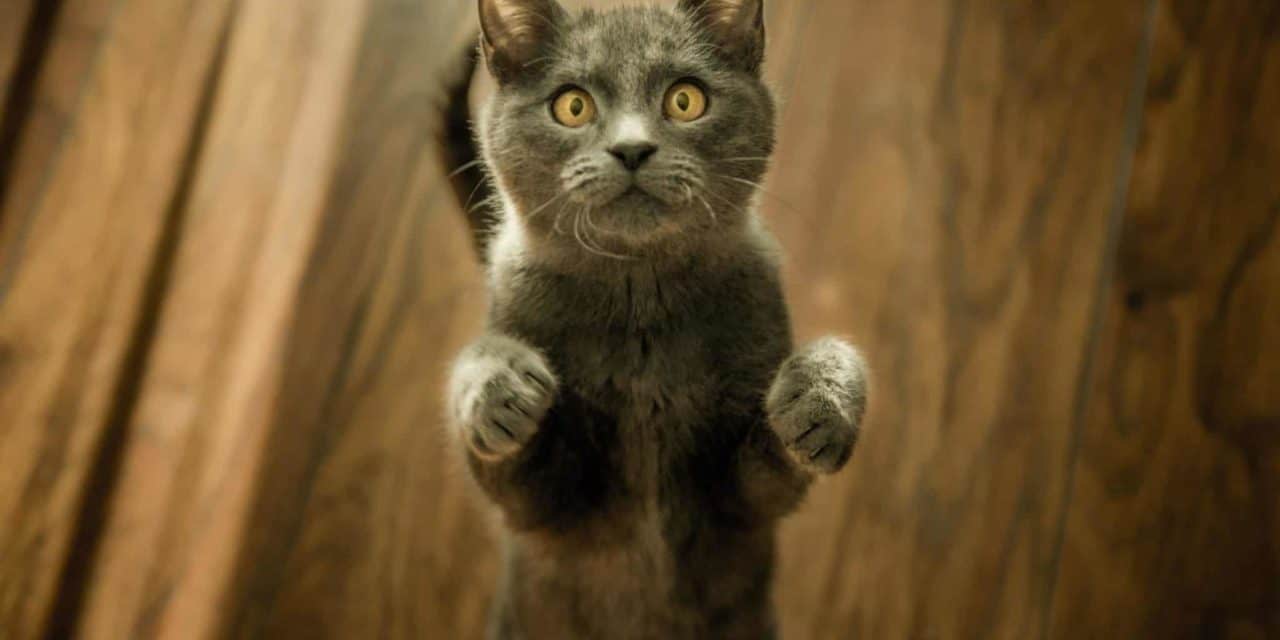Stress can be defined as a state of mental or emotional strain or tension resulting from adverse or demanding circumstances. Stress can be felt instantaneously, can pass quickly or can become chronic when experienced over the long term. Your pampered pooch or pussycat may lead such a privileged life that you might wonder how they can possibly suffer from pet stress. Yet, these days we hear of so many pets on medication for anxiety.
Like many humans, could pets be living in a chronic state of tension? Animal Behaviourist Dr Joanne Righetti, explains what is pet stress, the signs to look out for and what pet parents can do about it.
What is pet stress?

Dr Joanne Righetti and her dog Chilli.
You may wonder how lounging around on the sofa or visiting the dog park every day can cause pet stress. It can help to think about life from your pet’s point of view. Pets can suffer from stress if have little or no opportunity to:
- Choose what they do with their day
- Control the temperature of their surroundings
- Explore new surroundings of their choice
- Hunt for food
- Have companionship when you are at work
- Understand that a vet visit is in their best interests
Since many of these are natural behaviours or drives in our pets, we can begin to see how an inability to satisfy these needs can lead to stress.
Signs of pet stress
Pets may show various signs of stress. These may be within your home, when out and about or in particular circumstances eg visiting a vet clinic. Look out for one or more of the following, which may indicate that your pet may be tense, fearful, anxious or stressed.
Body language indications of pet stress:
- Lip licking, panting or yawning
- Remaining very still, almost a freeze
- Crouching or staying low to ground
- Avoiding eye contact
- Laying ears flat against the head
- Tail between legs in dogs
Behavioural indicators of pet stress:
- Pet avoids the situation if possible
- Pet attacks the source of their stress, usually as a defence mechanism
- Pet become more active (eg. digging up your garden) or sleeps more than usual
- Excessive grooming or chewing on body
- Inappropriate urination and/or defecation
Physical indicators of pet stress:
- Increased adrenalin and cortisol levels
- Increased heart rate
- Hair loss (with chronic stress)
- Skin conditions







